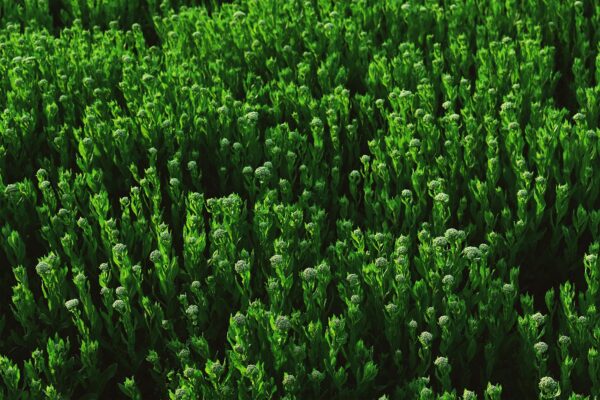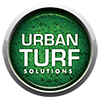Industry Trends and Future Prospects
Artificial grass is a dynamic industry, continually growing and evolving to meet the ever-changing needs and preferences of customers worldwide. From its early inception as a solution for sports arenas to its now widespread use in residential and commercial spaces, the industry’s journey so far has been marked by consistent innovation. As we move forward, current trends and future prospects indicate a continued emphasis on technology, sustainability, performance, and aesthetic quality.
A significant trend in the industry is the increasing focus on sustainability. As environmental concerns become more prominent globally, businesses and consumers alike are looking for eco-friendly solutions in all areas of life, including landscaping.

In response, artificial grass manufacturers are investing in research and development to create products that are not just durable and aesthetically pleasing, but also kind to the environment. This includes exploring the use of recyclable materials in production, developing ways to recycle used artificial grass, and finding methods to decrease the carbon footprint of the manufacturing process.
One of the ways manufacturers are trying to make artificial grass more sustainable is by developing hybrid systems that integrate natural and synthetic fibers. This new generation of artificial grass combines the best of both worlds, providing the durability and low maintenance of synthetic grass with the cooling benefits and natural feel of natural grass. The integration of natural and synthetic materials also helps to create a more eco-friendly product, as the natural grass components can biodegrade over time.
Infill materials are another area where significant innovations are taking place. Traditional infill materials like crumb rubber have faced criticism due to potential health and environmental concerns. As a result, manufacturers are developing smart infill alternatives made from organic or recycled materials. These innovative infills are designed to improve the performance and feel of the artificial grass, while also reducing any potential environmental impact. They provide improved shock absorption, making the turf safer for sports and recreational activities.
Another trend shaping the future of the artificial grass industry is the increased demand for customisation. With a broader acceptance and adoption of artificial grass in various sectors, consumers are looking for products that cater to their specific needs and preferences. This includes everything from the colour, texture, and pile height of the grass, to the type of infill used. Manufacturers are responding by offering a wider range of options and more personalised solutions.
Looking ahead, the future prospects for the artificial grass industry are promising. The global market is expected to continue its upward trajectory, driven by factors such as water conservation efforts, increased urbanisation, a growing appreciation for the benefits of low-maintenance landscaping, and advancements in artificial grass technology.
The demand for artificial grass is likely to grow in regions with water shortages, where maintaining natural grass lawns is both challenging and unsustainable. As urban areas continue to expand, the need for green spaces that are easy to maintain and can withstand heavy use will likely increase, further driving the demand for artificial grass.
The continuing evolution of artificial grass technology is another factor that bodes well for the industry’s future. As manufacturers innovate and improve their products, artificial grass is becoming increasingly similar to natural grass in terms of look and feel, while also offering superior durability and lower maintenance. This is likely to make it an even more attractive option for both residential and commercial use.
The artificial grass industry is poised for continued growth and innovation. With a strong focus on sustainability, performance, and customisation, manufacturers are striving to deliver products that meet the needs of a diverse range of customers, while also making a positive contribution to the environment. The future of artificial grass looks green in more ways than one.
